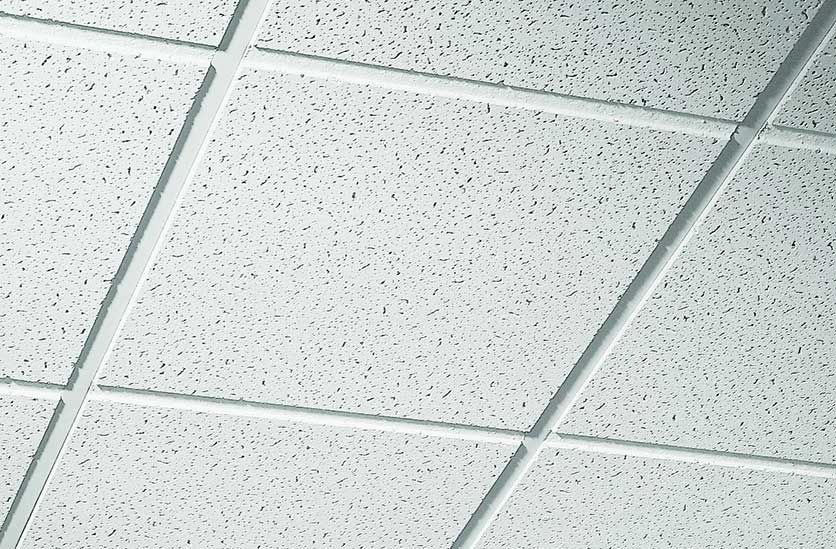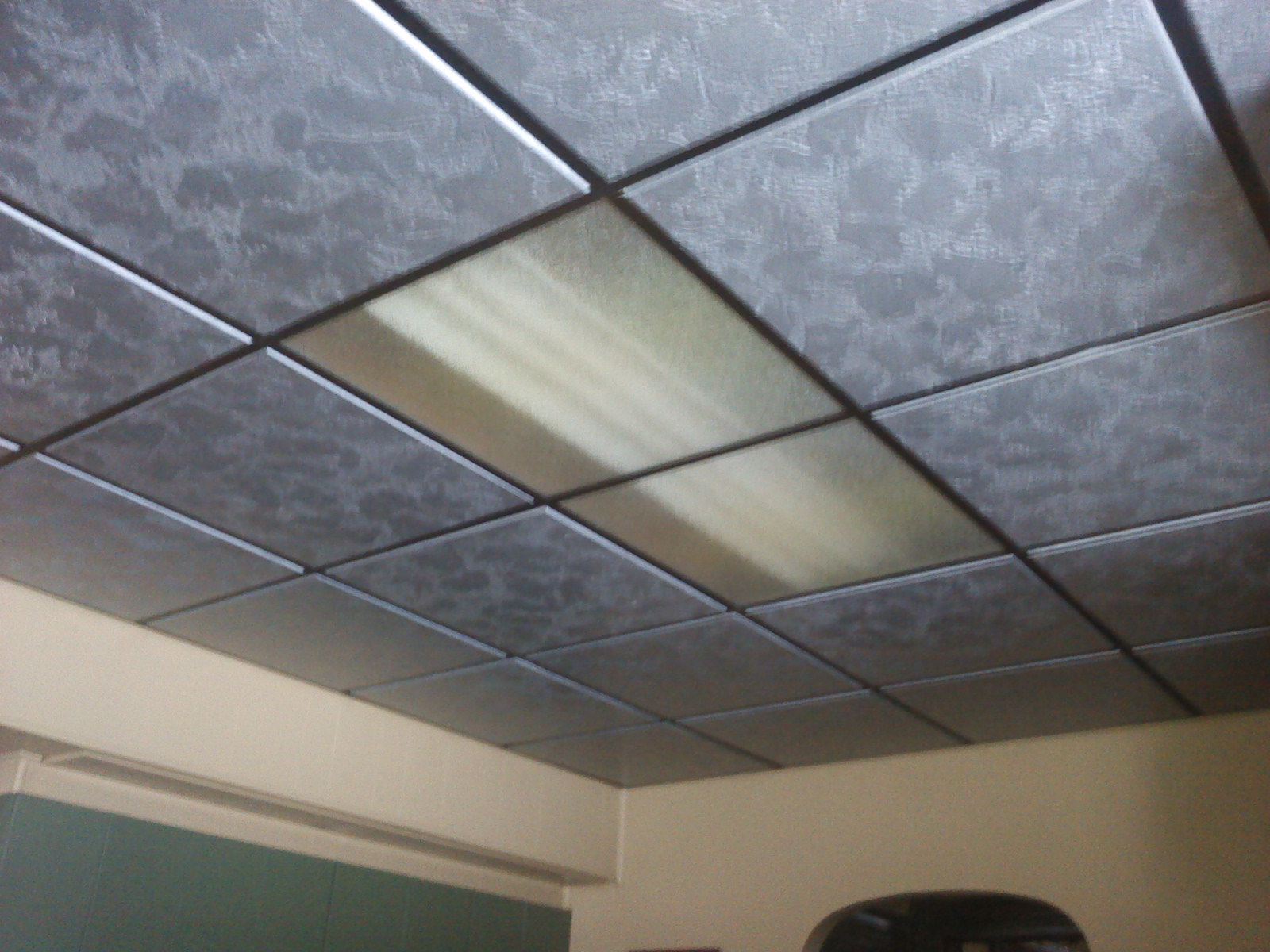

If you choose a paint product with a matte finish, you’ll quickly see that you’ll have to make up for the shadows and highlights with other shades of the same paint. This is due to the fact that the tiles have intricate designs on them.įortunately, you can get away with using a single color on this kind of ceiling by using sheer paint or paint that doesn’t have a matte finish. This can be an issue with tin tiles as well. When you use one color to paint 19th-century-style ceiling tile, it will end up looking quite flat. This is especially true of any of the old-fashioned ceiling tiles. You want to avoid thick paint on tin tiles. Some types of tiles will require a coat of primer before you begin.įor these types of tiles, you can just use primer spray paint, which is usually best since they have a lot of grooves to get the paint into.įurthermore, the paint goes on thinner, which is ideal for this type of application. Latex-based spray paint can be used after adequately thinning it if you plan to paint over tin or faux tin tile. It is much rarer to see a sheer or glaze finish on ceiling tiles unless they are tin tiles. Typically, a matte finish is a look to go for on all kinds of ceiling tiles. Mineral fibers are usually used for Noise Reduction Coefficient (NRC). They can be made of various materials, including:įaux tin (manufactured using thermoplastic, like PVC), Fiberglass, Wood, Metal, and Mineral fibers.


When painting ceiling tiles, the type of paint you opt for typically depends on the type of tile you have. This simply means – never using wall paints for painting ceiling tiles. When you are just starting, you first need to know that there is a significant difference between interior wall paints and ceiling tile paints. Paint Options for Different Ceiling Tiles

Acoustical Ceilings, Suspended Ceilings or Dropped CeilingsĬertain projects demand specific acoustical ceiling properties.


 0 kommentar(er)
0 kommentar(er)
